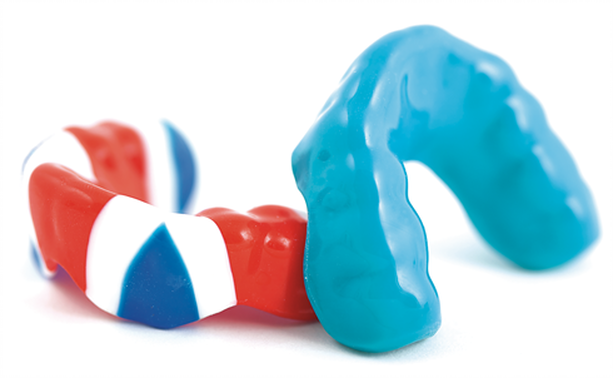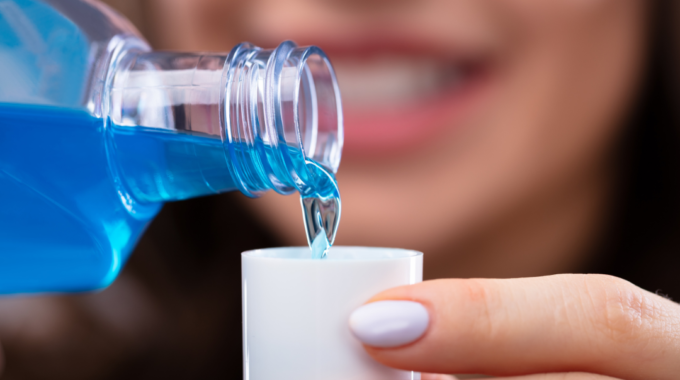When you think about braces, you probably picture straightening teeth and fixing bites, right? But…

Do I need a mouthguard if I wear braces?
Research has shown that between 13% and 39% of all injuries to teeth are sports related and that 1 in 4 children in the UK will injure or lose a front tooth at some stage. During high impact sports such as rugby, hockey, martial arts and lacrosse, teeth are particularly vulnerable if a mouthguard is not worn.
What is a mouthguard?
A mouthguard is essentially a shield worn during sports to protect the teeth and gums should you receive a blow to the mouth. They are generally made from silicone, which is a flexible and shock-absorbent material, and are comfortable to wear.
Damage that can result from an injury to the face without a mouthguard in place can range from cracks in the teeth to nerve damage or even loss of a tooth. A mouthguard also helps to protect your cheeks and lips from lacerations if you get hit in the face when you have braces.
Types of mouthguards?
There are 2 main types of mouthguards:
• Prefabricated, off the shelf orthodontic mouthguards- these are available from many sports and uniform shops and are useful if a mouthguard is required at short notice. Some are “boil-and-bite” mouthguards which can be moulded slightly for a better fit.
• Custom-made mouthguards- these are made to fit an individual’s mouth ideally, as they are made from a mould taken of the mouth. The dental laboratory then uses this to produce a mouthguard that is a perfect fit.
The British Orthodontic Society recommends a custom-made mouthguard, with 4mm thickness at the front, for maximum protection.
Orthodontic mouthguards allow space for tooth movement but more than one may be required during treatment depending on the tooth movements required and duration of treatment.
How to look after my mouthguard?
It is best to rinse your mouthguard with cold water before and after use, and clean it regularly with a soft clean toothbrush, cold water and liquid soap. Disinfectant tablets, such as Retainer Brite, can be used occasionally for a more thorough cleaning, but take care that the water is not too hot before placing the mouthguard in it.
The mouthguard should be stored in a perforated, protective container to allow air to circulate and help prevent damage.
Also, do not expose your mouthguard to high temperatures such as hot water, hot surfaces such as radiators, or direct sunlight, as this can cause it to distort.



